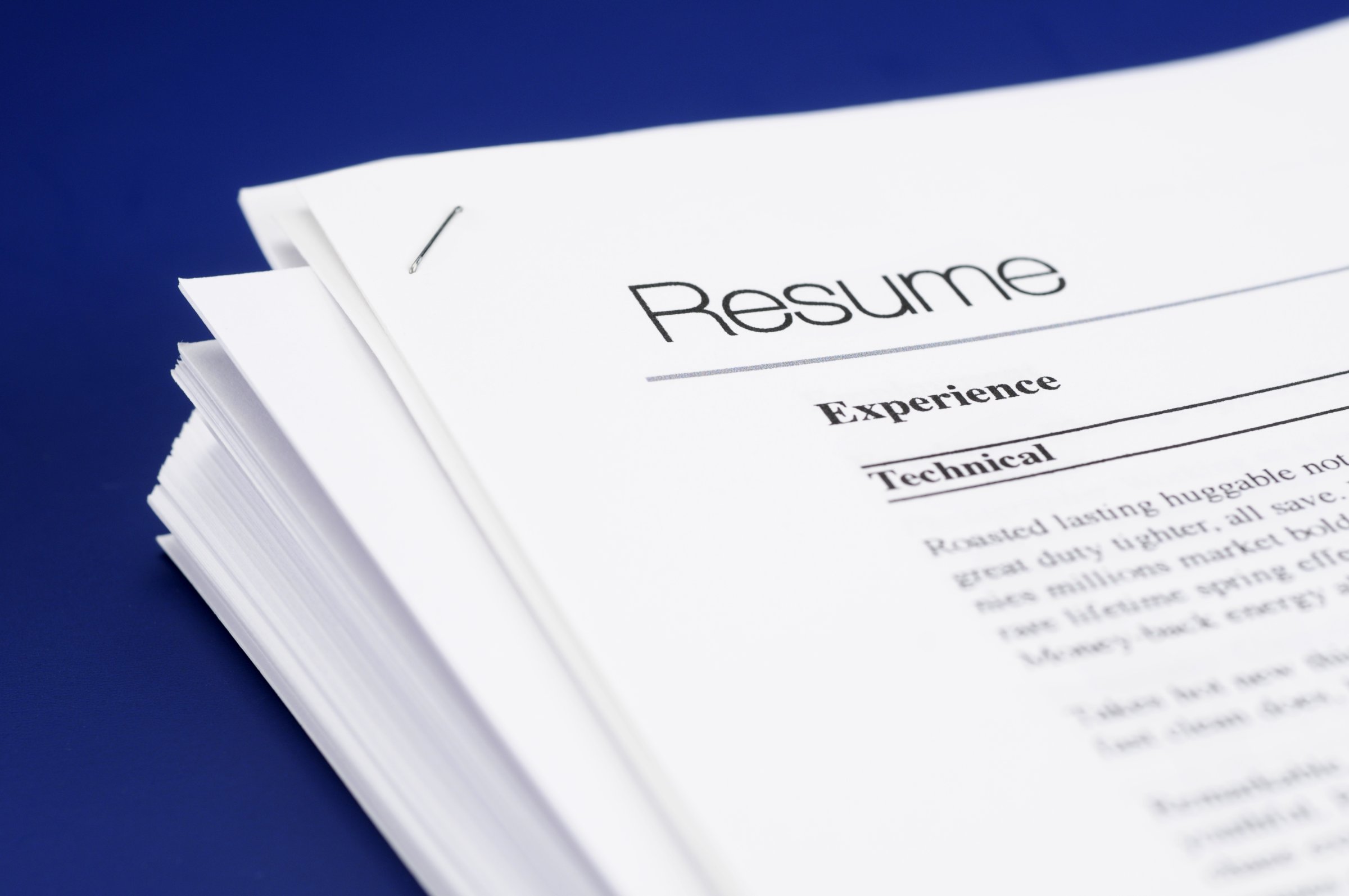

Resumes are very personal documents. In fact, whenever I’m reviewing a resume, I always ask permission before I mark it up. Who am I to edit your life’s work?
That said, I can almost guarantee you that the way your career counselor handles your resume is not the way it will be handled once you submit your job applications. After speaking with many, many recruiters, here are some hard truths I’ve learned.
1. If your relevant experience, education, or skills are hard to find at a glance, your resume might as well be blank.
It’s understandable to want to make your resume stand out a bit from the typical resume, but getting creative in InDesign isn’t the way to do it. As the head of Google’s HR states, “Unless you’re applying for a job such as a designer or artist, your focus should be on making your resume clean and legible.”
In other words, no funky formats. You’re far better off spending your time trying to maximize the top half of your resume. This could mean writing a resume summary with your most relevant qualifications or maybe pulling all your most relevant experiences into a separate section at the top of your resume and relegating the rest into an “Additional Experiences” section. As long as you’re trying to maximize traditional resume formatting rather than do something entirely different, you should be safe.
The Muse: 3 Cover Letter Mistakes That Make You Look Like a Total Rookie
2. If it’s not immediately clear from your experience why you’re applying, no one will connect the dots for you.
Whether you’re a career changer or just applying for a reach position, if a recruiter’s initial reaction to your resume is confusion, you’re not going to get very far.
So, make sure you connect the dots for the reader. It’s likely that you have an idea of how your skills can be transferred or why you’re more skilled than your years of experience might let on. But, unless you spell it out on your resume, the recruiter probably won’t be able to put the pieces together—and you’ll never have the chance to explain in person.
One way to solve it? Using a simple objective statement. While you should definitely not use an objective statement if you’re applying for a position that makes perfect sense—or if it’s a clichéd “I’d like to use my skills at an innovative, fast-growing organization”—if your background is a little unusual for the job you’re targeting, a brief explanation might just be what gets you to the interview.
The Muse: Play the One-Minute Game That’ll Show You how to Improve Your Resume
3. If your resume is difficult to skim, it probably won’t be read at all.
There’s some debate over how much time a recruiter will spend looking over a resume, but everyone agrees that it’s less than 20 seconds. What does that mean for job seekers? It means your resume needs to be as easy to read—really, skim—as possible.
Read: Don’t make your font so small that it’s barely legible. It doesn’t matter how much more you’re able to fit on your one-pager if no one is reading it. And don’t let your bullet points drag on to that third line. Two is all you get and, more likely than not, one is all that will get read. (Here’s a bit more on how to make your resume easy to skim.)
4. If you expect to get your resume in front of a hiring manager, you need to first make sure you get through HR.
That means making sure a layperson can understand what you’re talking about in your resume. It doesn’t matter if you’re managing complicated supply chains, coding complex algorithms, or conducting cutting-edge research on nanolasers—none of your impressive feats will reach the appropriate hiring manager if you can’t at least explain it in a way that a nontechnical human resources representative can understand well enough to put you in the right pile.
This means cutting the jargon, giving proper context, and focusing on results. Use the job posting to your advantage here—find the keywords and present your work the same way they do. I know, jargon can be pretty fun to use and starts to get instinctive when you’re around it for long enough, but step outside of your industry bubble for a bit and try to approach your resume as an industry outsider. The easier you make things for HR, the more smoothly your application process will go.
The Muse: 4 Job Search Techniques You Think Work, But Don’t
5. If your contact info isn’t correct, nothing else matters.
Finally, don’t be that person who has everything a recruiter is looking for but is just impossible to contact. Check, double check, and test your contact information. Typos are always bad, but a typo in your contact information is probably as bad as it gets. It’s a really crummy feeling to notice an incorrect email address a couple months into your job search. Don’t let that be you.
More Must-Reads from TIME
- Cybersecurity Experts Are Sounding the Alarm on DOGE
- Meet the 2025 Women of the Year
- The Harsh Truth About Disability Inclusion
- Why Do More Young Adults Have Cancer?
- Colman Domingo Leads With Radical Love
- How to Get Better at Doing Things Alone
- Michelle Zauner Stares Down the Darkness
Contact us at letters@time.com